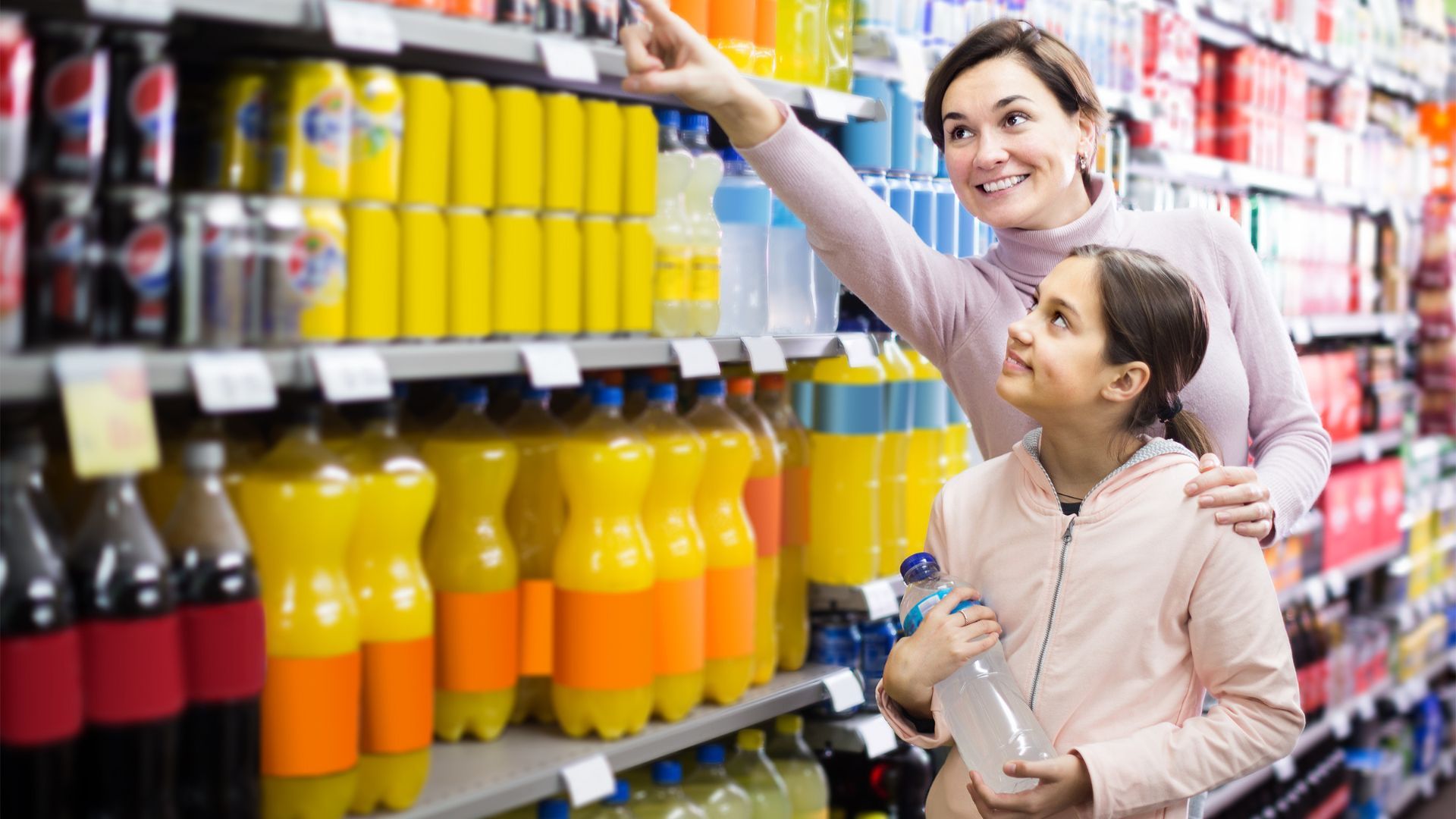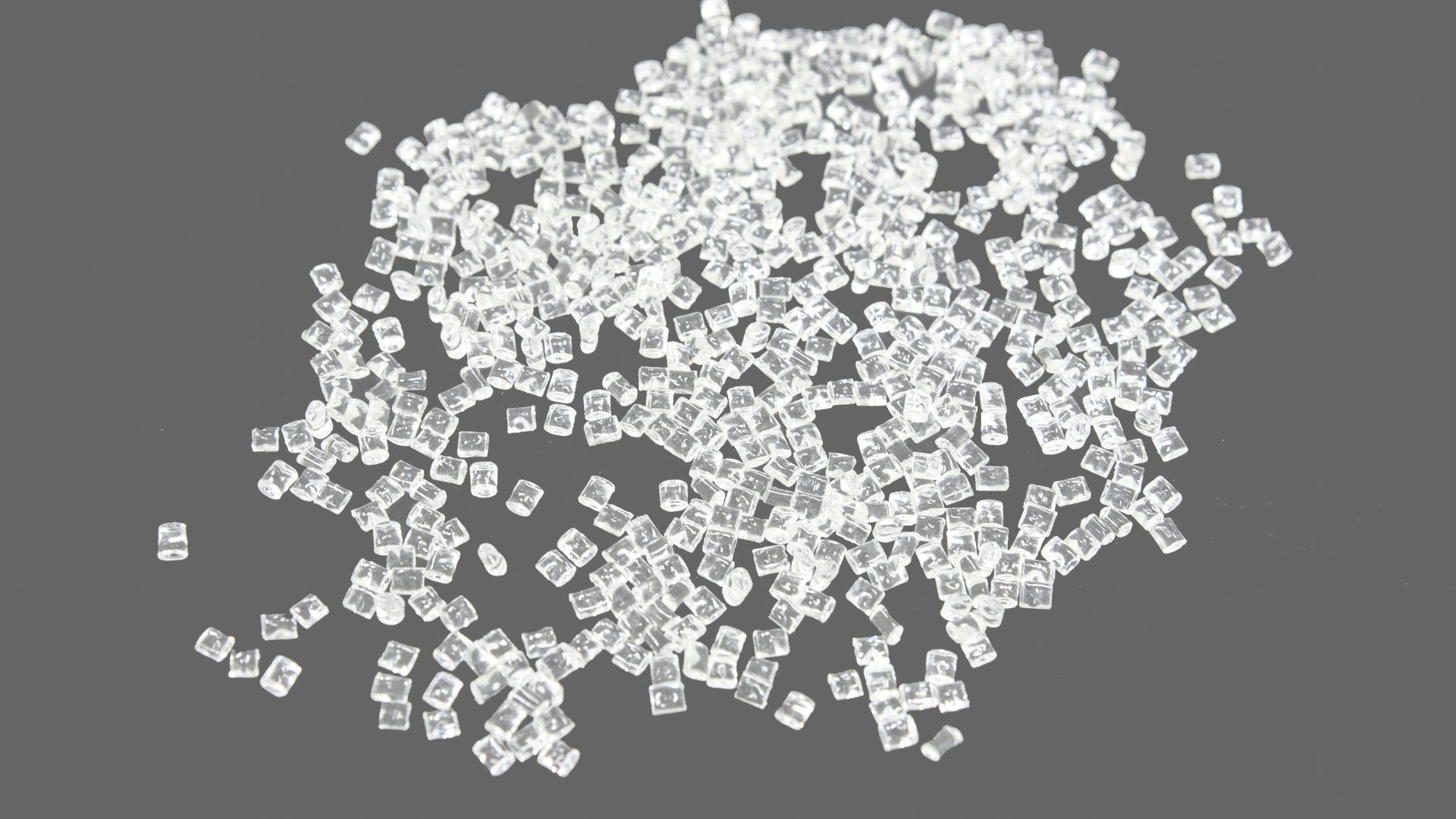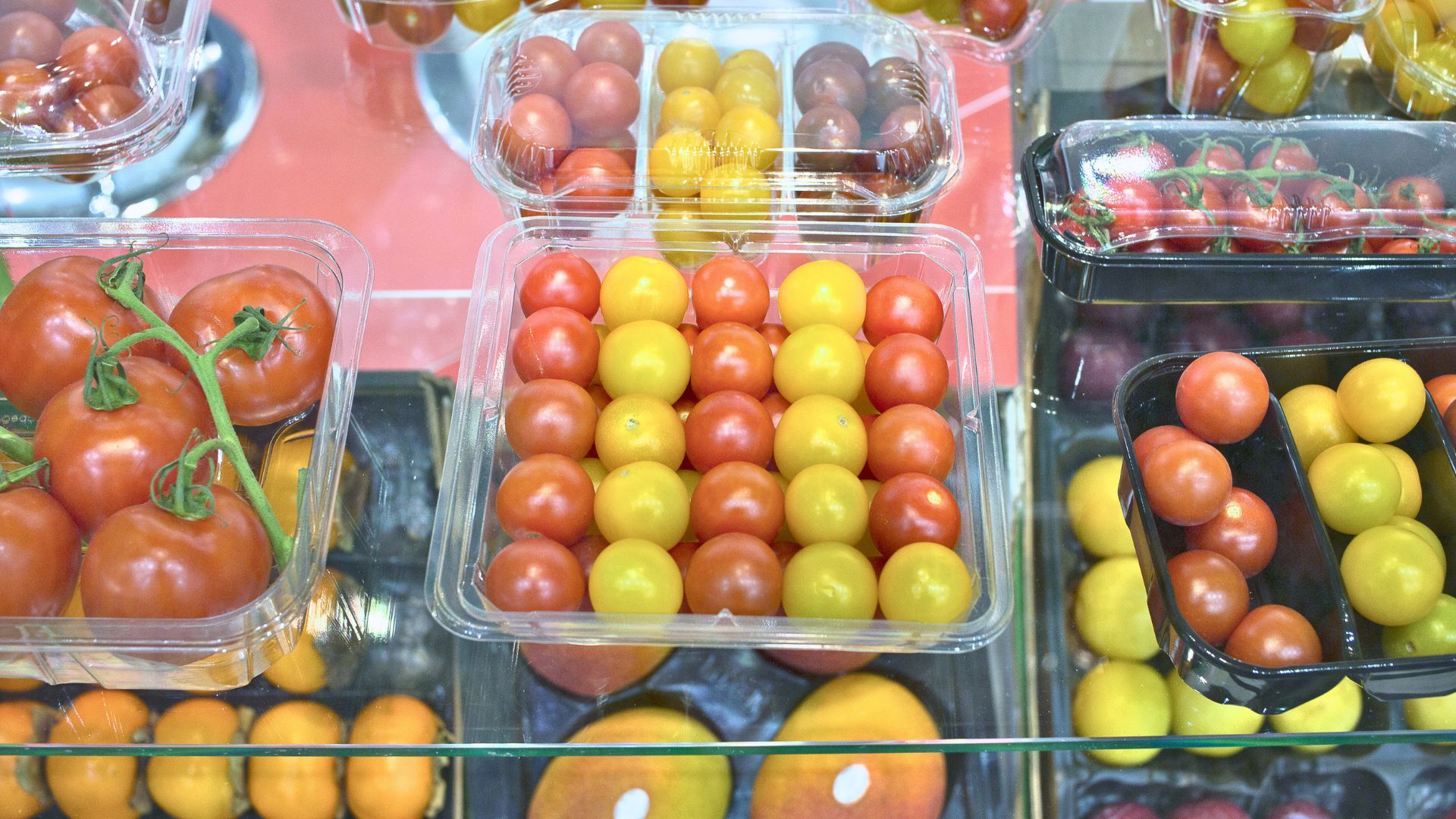
Why "Pure" PET Resin Is Considered the Safe Choice for Food Packaging

According to the U.S. Food and Drug Administration (FDA) and the European Food Safety Authority (EFSA), properly manufactured polyethylene terephthalate (PET) poses no known health risks for food and beverage contact under intended use conditions.
Of all PET forms, “pure” PET resin—also known as virgin PET— synthesized directly from purified terephthalic acid (PTA) and ethylene glycol (EG) without additives or co-monomers, has consistently demonstrated the highest reliability and stability in food-contact applications.
1. Pure PET vs. Modified PET vs. Recycled PET: A Safety Comparison
With a molecular structure as disciplined and orderly as a well-trained guard, pure PET resin used in packaging exhibits exceptional chemical stability—firmly standing between your food and any potential contaminants. This integrity greatly reduces the risk of unwanted substance migration.
This integrity greatly reduces the risk of unwanted substance migration. Under standard usage conditions, the acetaldehyde migration from pure PET remains exceptionally low—typically below 0.1 ppm, well within the safety thresholds set by global health authorities.
● Modified PET (e.g., PET Copolymers or Blends)
Pure PET resin fully satisfies the requirements for general food contact packaging applications. However, to enhance PET properties for specific uses—such as improving gas barrier performance or thermoformability—some manufacturers add comonomers like isophthalic acid (IPA) or naphthalene dicarboxylate (NDC), creating copolymers like PET/PEN (polyethylene naphthalate) blends.
While these modified PETs cater to specialized markets, their complex chemical structures can alter migration behaviors, especially under high temperatures or long-term storage. For example, PET/PEN copolymers are often used in beverage packaging to boost oxygen barrier properties, but under extended exposure to heat or prolonged storage, naphthalene dicarboxylate components may migrate into food, potentially affecting its flavor or quality.
In some cases, the migration of these substances could present health risks. The addition of additives or comonomers also makes toxicological assessments and regulatory approvals more complex.
● Recycled PET (rPET)
In contrast to virgin PET—new, unused material—recycled PET (rPET) has emerged as a key pillar of circular economy initiatives under growing sustainability pressures. However, its safety profile is largely contingent on the purity of the input feedstock, the maturity of recycling technologies, and the rigor of processing controls. After multiple recycling cycles, PET can undergo thermal degradation, generating byproducts such as acetaldehyde and formaldehyde. Moreover, if not effectively removed through “super-clean” recycling processes, residual adhesives, ink components, or non-food-grade polymer contaminants may introduce chemical migration risks.
Currently, rPET is predominantly produced via mechanical recycling—a process involving shredding, washing, melting, and re-pelletizing used PET materials. This method is cost-effective and technologically accessible, making it the most commercially viable approach. However, the resulting rPET often falls short in terms of purity, making it difficult to consistently meet the stringent migration limits and regulatory standards required for food-contact applications. As a result, most mechanically recycled PET is directed toward non-food sectors such as textiles and industrial products. To gain broader access to the food packaging market, the industry must rely on more advanced “super-clean” technologies or breakthroughs in chemical recycling.
2. Why “Pure” PET Is Preferred for Food Packaging
After comparing the three types, it's time to return to the advantages of pure PET. In light of the potential risks linked to modified or recycled variants, pure PET remains the trusted benchmark for food-contact safety. Its strengths include:
✅ Streamlined Composition, Minimal Migration Risk
Pure PET is free from plasticizers, additives, and comonomers—making it a chemically straightforward material with a well-characterized safety profile. This simplicity significantly reduces the likelihood of unknown substances migrating into food or beverages, offering greater confidence in its use for direct food contact.
✅ High Crystallinity (≥40%) for Better Barrier Performance
Crystallinity plays a critical role in PET's protective capabilities. A high degree of molecular order (≥40%) means tighter chain packing, which not only strengthens the material but also minimizes gas permeability and the diffusion of small molecules—ensuring food remains fresh and uncontaminated.
✅ Trusted Worldwide: Full Regulatory Compliance
Pure PET resins used in food-contact products undergo extensive testing to meet stringent global standards, including those set by the U.S. FDA, EFSA, and national food safety agencies. These evaluations cover total and specific migration limits (e.g., for acetaldehyde), as well as heavy metal thresholds—ensuring peace of mind across markets.
3. Our Commitment to Food-Safe and Sustainable PET
At Wankai New Materials Co., Ltd., we are dedicated to delivering high-purity PET resins that not only comply with but often surpass global food safety standards. Our manufacturing process is built on rigorous raw material selection, precision-controlled acetaldehyde reduction, and state-of-the-art purification systems—ensuring that every batch of resin is safe, stable, and fit for the most demanding food-contact applications.
In parallel, we are advancing our commitment to sustainable development by investing in high-efficiency purification technologies for post-consumer rPET and accelerating the research of biobased PET alternatives. Through these dual efforts, we strive to strike a responsible balance between product safety and environmental stewardship, supporting the long-term goals of a circular and low-carbon economy.
Conclusion: The Future of PET in Food Packaging
As consumers increasingly prioritize purity and safety in their lives, with a growing emphasis on the natural integrity of food, the same principle of "purity" applies to packaging materials. Furthermore, as society evolves and the focus on healthy, sustainable living intensifies, the demand for safe, compliant, and environmentally responsible packaging solutions is set to rise.
Pure PET resin, with its proven track record and high-performance qualities, is well-positioned to remain a cornerstone material in the packaging industry. Ongoing advancements in recycling technologies and biobased feedstocks will further enhance its role in supporting both public health and environmental sustainability. Let's collaborate to shape a safer, more sustainable future for food packaging.


